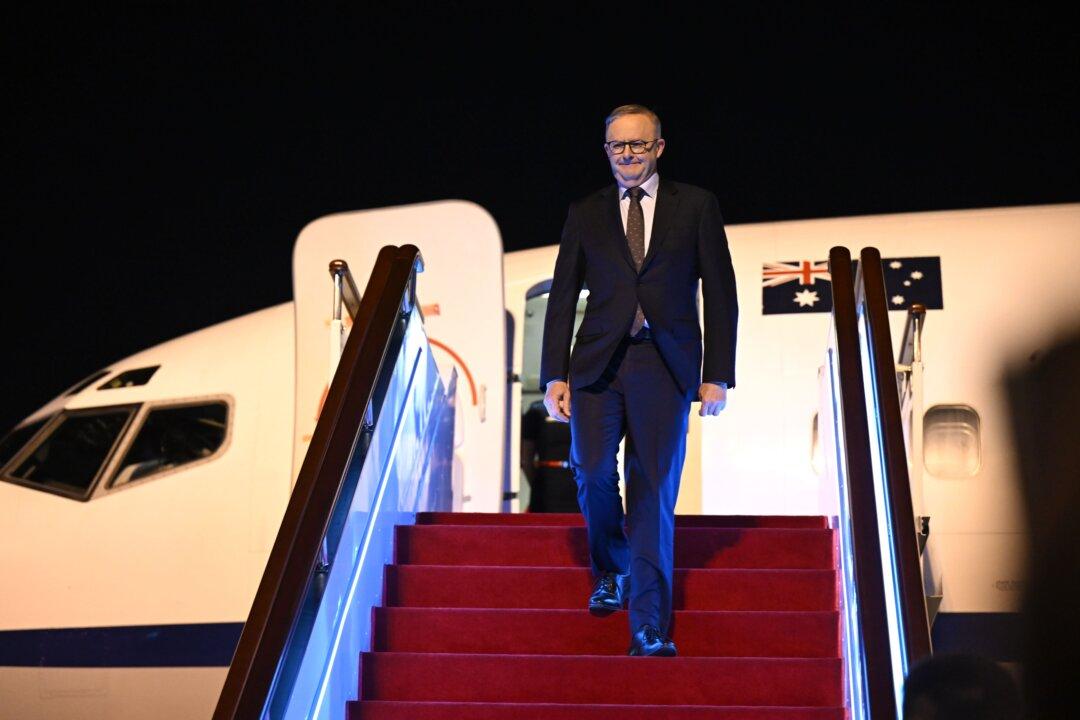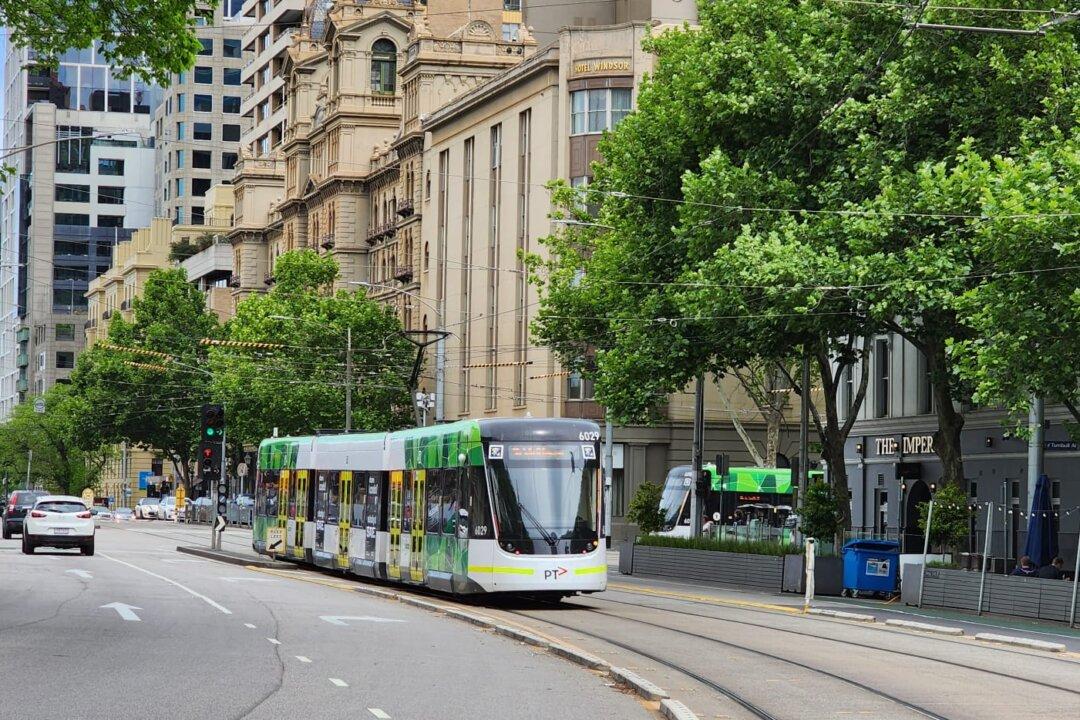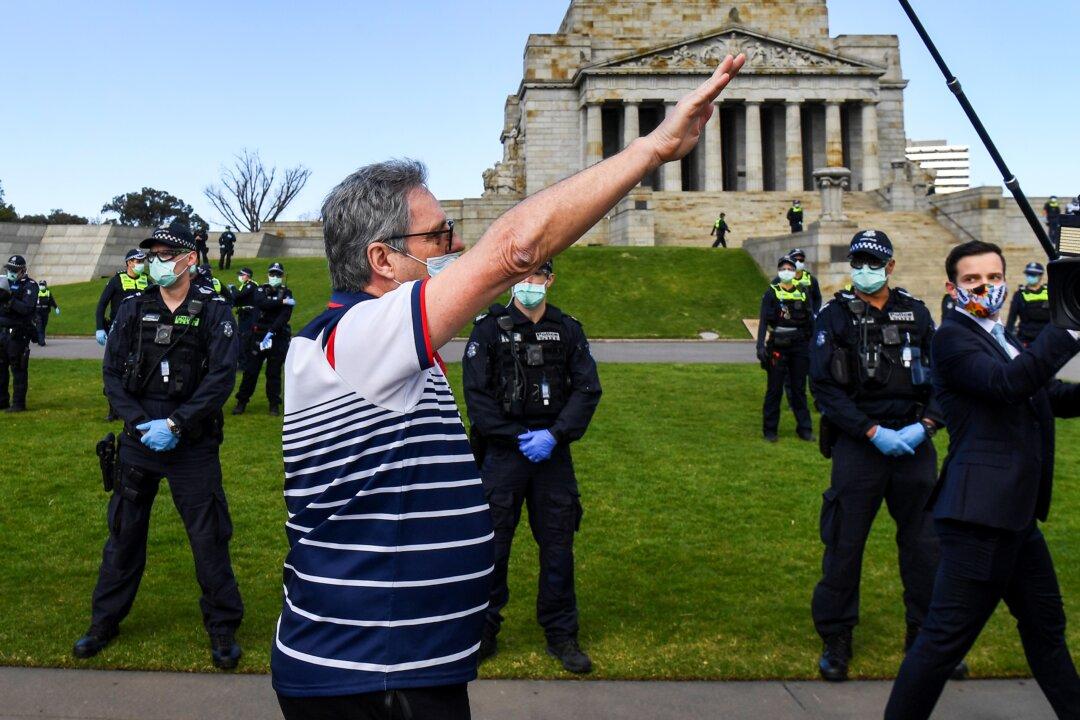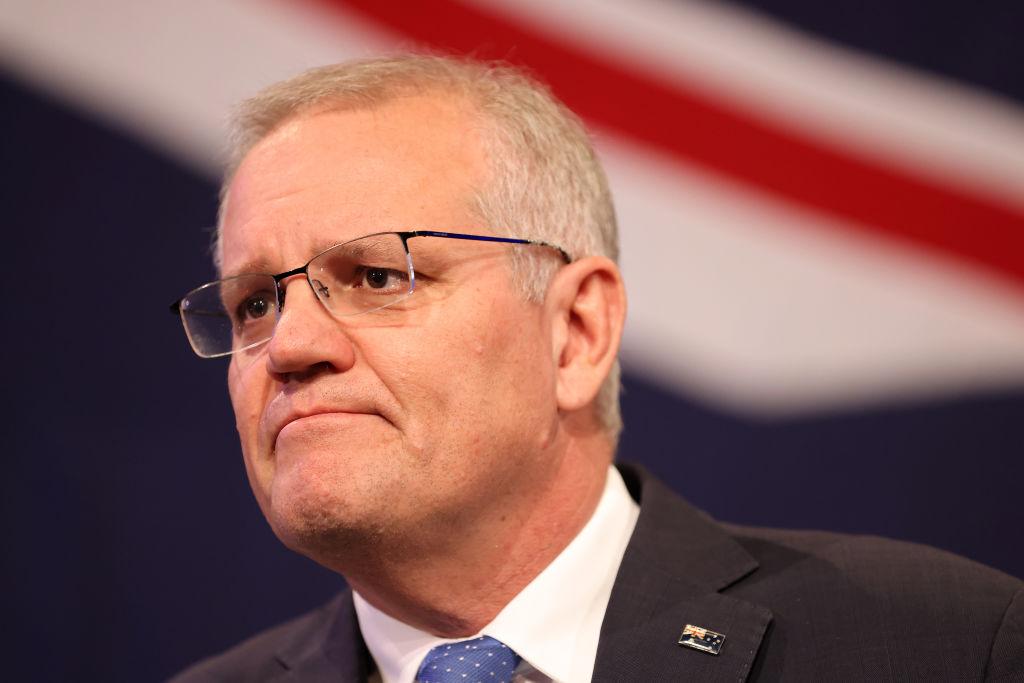Prime Minister Anthony Albanese has not ruled out the possibility of Australia backing the Chinese Communist Party’s (CCP) efforts to join a trans-pacific trade agreement.
The prime minister touched down in Beijing on the evening of Nov. 5 after spending a number of days in Shanghai upon accepting Chinese Premier Li Qiang’s invitation to attend the 2023 China International Import Expo.





